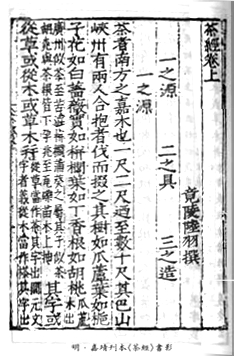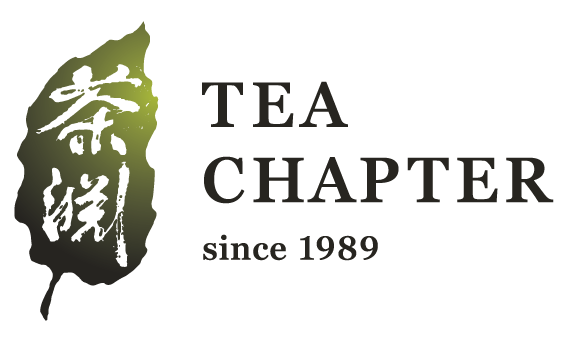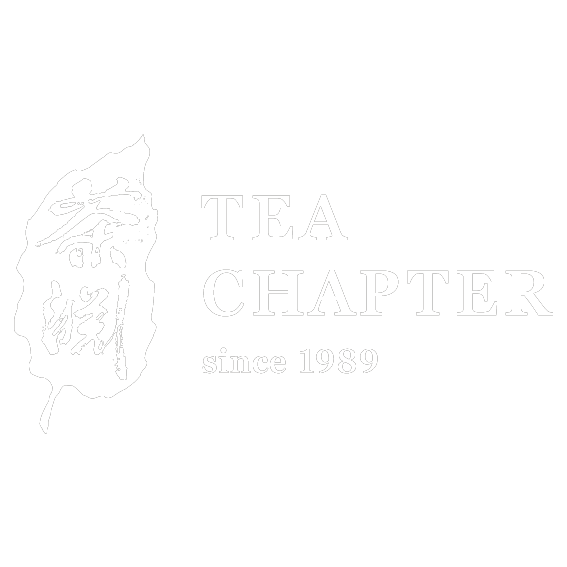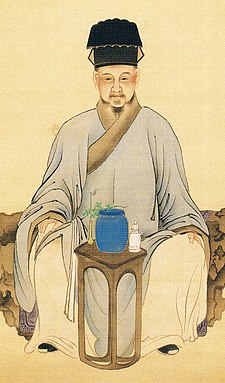Tea
Lu Yu (The Sage of Tea) & The Classic of Tea 茶圣陆羽与茶经
Lu Yu (陆羽) (AD 733 – AD 804) was a well respect Chinese tea master who lives in the Tang Dynasty. He is also known as the Sage of Tea (茶圣) in the tea world for his great contribution to chinese tea culture. He is also a writer who is best known for his monumental book The Classic of Tea (茶经), the first comprehensive book on cultivating, making and drinking of tea.
Lu Yu was born AD 733 in Tianmen town, Hubei province, Central China. At age of three years old, he was abandoned by his parents near the Longgai monastery and was adopted by the abbot of the monastery. The abbot was knowledgeable in the culture of tea and taught Lu Yu all the secrets of the art of tea.
The original version of The Classic of Tea consisted of 3 books totaling 10 chapters: Book 1 consisted of the first 3 chapters; Book 2 consisted of chapter 4 only while Book 3 consisted of chapters 5 to 10. After the Tang Dynasty, all three books were compile into a single volume, and the original three volumes version no longer exists.
Chapter One: Origin (一之源)
This chapter covers the mythological origins of tea in China. It also contains a horticultural description of the tea plant and its proper planting as well as some etymological speculation, features and characteristics of tea trees. The characteristics of quality tea leaves, and soils and topography compared to tea quality. Benefits of good teas and bad teas. The geographical region, harvest seasons and growing methods in relation to tea quality.
Chapter Two: Tools (二之具)
This chapter describes fifteen tools for picking, steaming, pressing, drying and storing tea leaves and cakes.
Chapter Three: Making (三之造)
This chapter recommends methods for the production of tea cake.
Chapter Four: Utensils (四之器)
This chapter describes twenty eight items used in the brewing and drinking of tea.
Chapter Five: Boiling (五之煮)
This chapter covers guidelines for the proper preparation of tea.
Chapter Six: Drinking (六之飲)
This chapter discusses the actual consumption of tea, some of its properties, the history of tea drinking, and the various types of tea known in 8th century China.
Chapter Seven: History (七之事)
This chapter gives various anecdotes about the history of tea in Chinese records, from Shen Nong through the Tang Dynasty. It begins with an index list of influential individuals related to tea before the Tang Dynasty. Further topics include a collection of literature and historical records on tea legends and famous people, folklore and customs, tea poems and tea stories, health benefits of tea in recorded medical books, tea as medical herb and tea cure formula, tea usage in cooking and tea recipes.
Chapter Eight: Growing Regions (八之出)
This chapter compares and ranks eight tea producing regions in China at its time.
Chapter Nine: Simplify (九之略)
This chapter lists procedures that may be omitted and under what circumstances, tools and methods that can be excluded in cultivation and processing under abnormal conditions, and tea utensils and brewing methods that can be simplified or improvised under various outdoor and unusual habitat environments.
Chapter Ten: Pictorialize (十之圖)
This chapter consists of how to transfer the contents onto placards or large scrolls for hanging on the wall for quick references. The silk scrolls that provide an abbreviated version of the previous nine chapters.
陆羽(公元733年 – 公元804年)是一位非常受人尊敬的中国茶艺大师,他生活在唐朝。 他因对中国茶文化做出的巨大贡献而在茶艺界也被称为“茶圣”。 他也是一位作家,他以他的经典著作《茶经》而闻名,这是第一本有关茶的栽培,制作和饮用的综合书籍。
陆羽,公元733年出生于中国中部的湖北省天门市。 三岁的时候,他被父母遗弃在隆盖寺附近,被寺院的住持收养。 方丈本身对茶文化的知识渊博,并向陆羽教授了茶艺的所有奥秘。
《茶经》的原始版本包括三卷,共十章:上卷由前三章组成; 中卷仅由第四章组成,而下卷由第五至十章组成。唐朝以后,所有三卷都被汇编成一册,原来的三卷版本就不再存在了。
第一章:一之源
茶树的植物学特征,茶的字形和名称,茶树的种植与生长环境,鲜茶叶品质的鉴别,茶饮的功用。
第二章:二之具
采茶和制茶的工具。
第三章:三之造
采茶和制茶的工艺,根据成品茶叶外形来鉴别其品质的方法。
第四章:四之器
煮茶和饮茶的工具。
第五章:五之煮
煮茶的程序和技巧(包括煮茶前的茶叶炙烤,以及用水的选择)。
第六章:六之飲
饮茶的作用、历史和方法,影响品茶质量的九个主要问题(“九难”)。
第七章:七之事
从上古至唐朝的与茶有关的历史资料,包括医药、诗词、轶事等。
第八章:八之出
唐朝的茶叶产区,各地茶叶的品质。
第九章:九之略
在山野等特定情境下品茶时,可以予以省略的采、制、煮茶工具。
第十章:十之圖
主张将《茶经》写在绢布上张挂,以便记忆。



